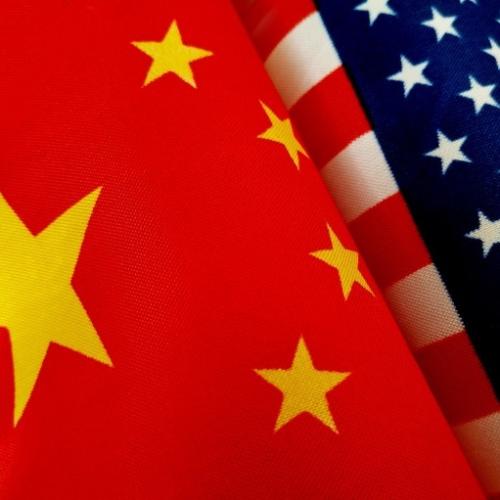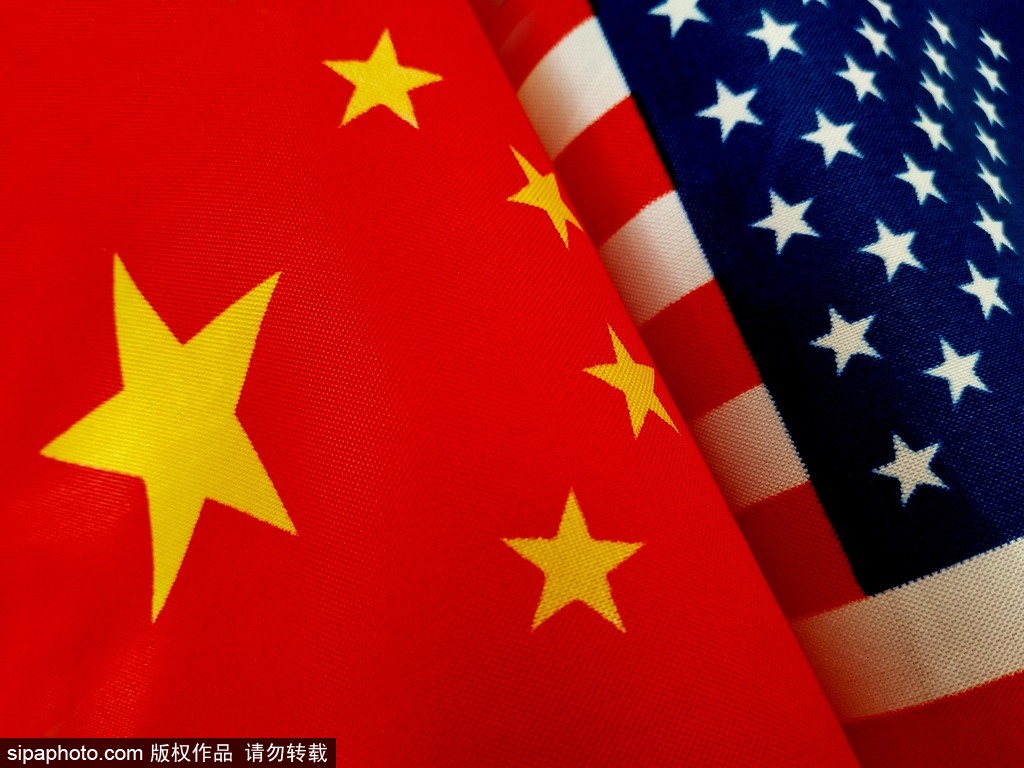



Who is winning the US-China trade war? Currently, the United States is losing some ground while China is picking up momentum. US President-elect Joe Biden needs to quickly and carefully rethink US global trade policy.
The original objectives of the White House in initiating a trade war were to create more jobs for Americans and reduce trade deficits with China.
In 2018, the US first imposed 25 percent tariffs on more than $300 billion worth of products imported from China, while China imposed tariffs on $75 billion worth of US goods in retaliation.
Unfortunately, the US-China trade war backfired even before the COVID-19 pandemic this year.
With US companies paying higher tariffs for importing parts from China and exporting less to China due to retaliatory tariffs, US factory jobs declined by 0.7 percent between July 2018 and January this year.
Also, while the US trade deficit with China decreased during this time period, its trade deficit with the rest of the world hit a record high.
According to a survey conducted by the American Chamber of Commerce in China for its members earlier this year, nearly 20 percent of respondents have moved or are moving their production outside of China to reduce production costs.
Overall, the trade war did notbenefit the US. Apart from the ongoing public health crisis, the US is facing an economic crisis.
In contrast, the pandemic appeared to be under control in China and its economy is experiencing a V-shaped recovery, with a remarkable growth rate in recent months.
China also captured the world spotlight on Nov 15 as China and 14 other countries formed the Regional Comprehensive Economic Partnership.
The RCEP will be the world's largest trading bloc, accounting for 29 percent of the global gross domestic product, which will be bigger than both the US-Mexico-Canada Agreement and the European Union.
Putting regional politics aside, the RCEP can reduce trade frictions among all RCEP countries by establishing new "rules of origin". For example, as a multilateral trade pact, there will be no tariffs for importing parts or products among member nations so that more regional supply chains can flourish.
On the flip side, the RCEP can increase costs for the US to trade with its members in the future, since the US is not a party to the RCEP. Consequently, the RCEP can put the US at a disadvantage.
How should Washington retool its global trade policy? It should consider the following options:
First, the US needs to rekindle a more cordial relationship with China.
It is the third-largest market for US goods and services exports, and China is an important market for American companies such as General Motors, McDonald's, Boeing and Tesla.
In the foreseeable future, the US is likely to continue being dependent on goods imported from China, especially when other lowcost countries will not substantially replace China as the world's manufacturing hub anytime soon.
Second, the US should revisit the Trans-Pacific Partnership that it abandoned too hastily in January 2017. After the US withdrew from the TPP, the remaining 11 countries formed the Comprehensive and Progressive Agreement for Trans-Pacific Partnership, a free trade bloc that accounts for 13.5 percent of global GDP.
Third, Washington should develop an industrial policy by strengthening its capabilities in research and development, manufacturing and engineering in certain essential industries by leveraging advanced technologies such as artificial intelligence, smart sensors, autonomous vehicles, advanced robotics and data analytics.
To regain lost ground, the US must take immediate steps to restore its economic vibrancy.
The author is a distinguished professor and Edward W. Carter chair in business administration at the UCLA Anderson School of Management.
If you have any problems with this article, please contact us at app@chinadaily.com.cn and we'll immediately get back to you.